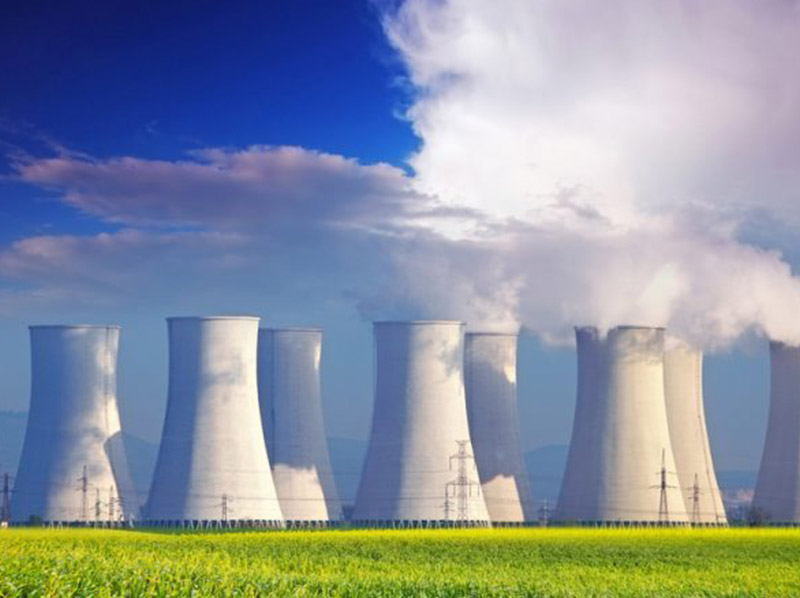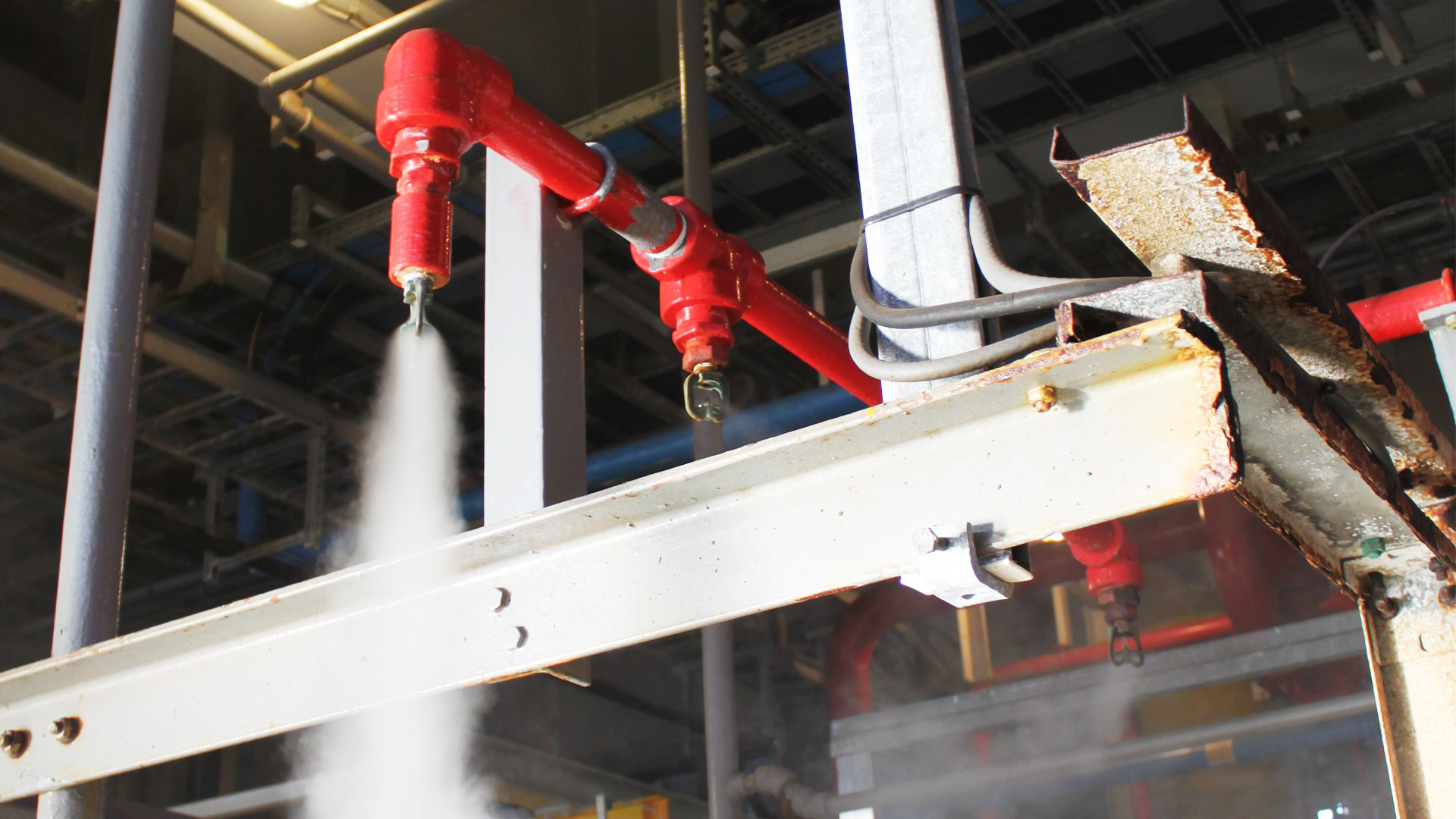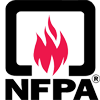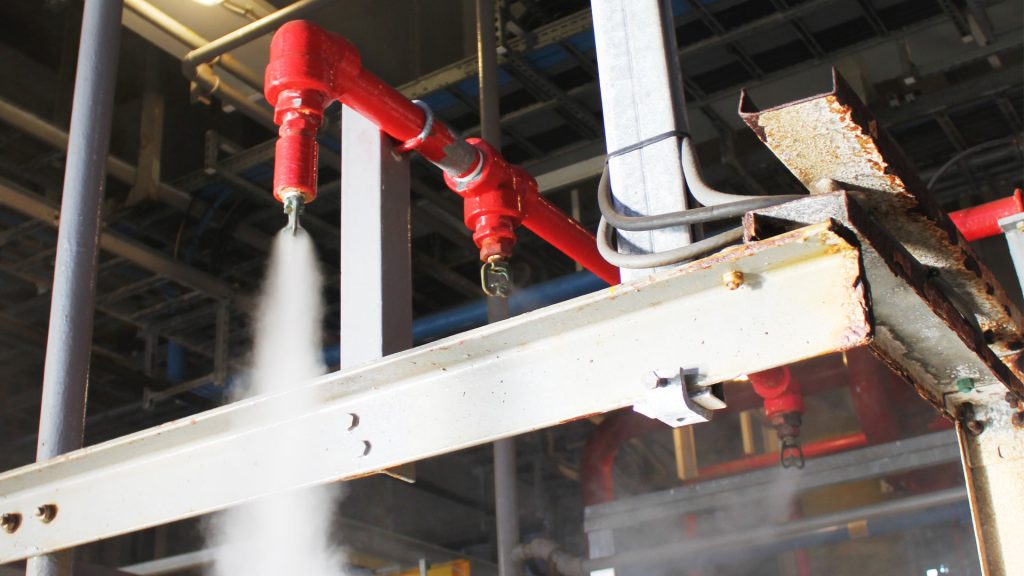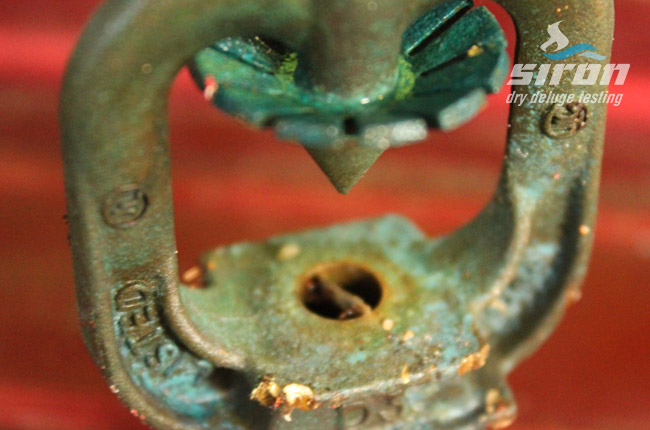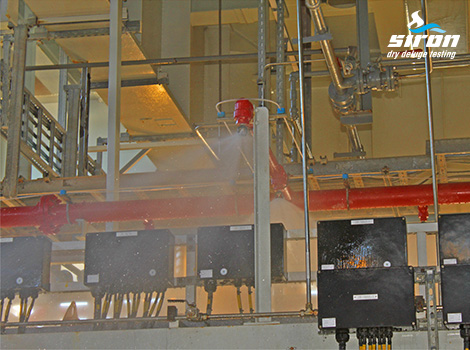In order to test the full functionality of the deluge system our Dry Deluge Test utilizes pressurized vapor as opposed to sea water.
In order to utilize the Dry Testing across the full production unit some specific criteria need to be met.
The pressurized vapor needs to be sufficiently dense as well as being stable, with no environmental impact.
The flow of pressurized vapor needs to be of the correct pressure and consistency to allow for all the nozzles and pipe work across the entire deluge system to be tested and inspected.
With our experience in conducting elaborate dry tests with numerous types of operational settings we have adopted a fully functioning set of workable parameters, and procedures to allow our system to adapt to every unique location with its own unique set of requirements.
Typically, a two-inch hose is connected from vapor generator to a tie-in point immediately downstream of the deluge valve.
The hose is then connected via a check valve to the tie-in point of the deluge system that is to be tested. The check valve ensures that the deluge system is still fully operational during the Dry Deluge Test.
The compressor then forces the vapor to flow into the system, downstream of the deluge valve, through the headers and the pipe work, ultimately exiting through the deluge nozzles.
Whilst flowing downstream any blockages from corrosion or particulate matter within the system are identified by the irregular spray patterns being emitted from the nozzles.
Any anomalies found in the nozzle spray patterns are investigated by inspecting the nozzles and the upstream pipe work by utilizing a portable borescope.
Damaged nozzles can similarly be quickly identified due to incorrectly orientated or wrongly directed spray patterns during the Dry Deluge Test.
Damaged nozzles occur regularly on onshore/offshore facilities and they can affect the operability of the nozzle in question, or even in worse cases can negatively affect the overall hydraulic balance of the deluge system.
The nozzles can be inspected relatively easily, since the vapor allows our technicians to inspect from a close distance.
When nozzles are too high up to be inspected visually, we utilize a micro drone with high resolution imagery to carry out the inspection.
This type of inspection would be near impossible to achieve while a full wet test is been carried out.


